A site specific artwork, the exhibition design is a projection of a 2-dimensional drawing into the 3-dimensional space. The gallery has become a spatial painting in which the threshold of the picture plane has expanded and can be entered.
It is a well established fact that the work of Zaha Hadid took its first inspiration from the early Russian avant-garde, in particular she directly engaged with the work of Kasimir Malevich. Malevich stands here for the enormously momentous discovery of abstraction as a heuristic principle that can propel creative work to hitherto unheard of levels of invention. Mimesis was finally abandoned and unfettered creativity could pour out across the infinitely receptive blank canvas. Space, or even better the world itself, soon became the site of pure, unprejudiced invention.
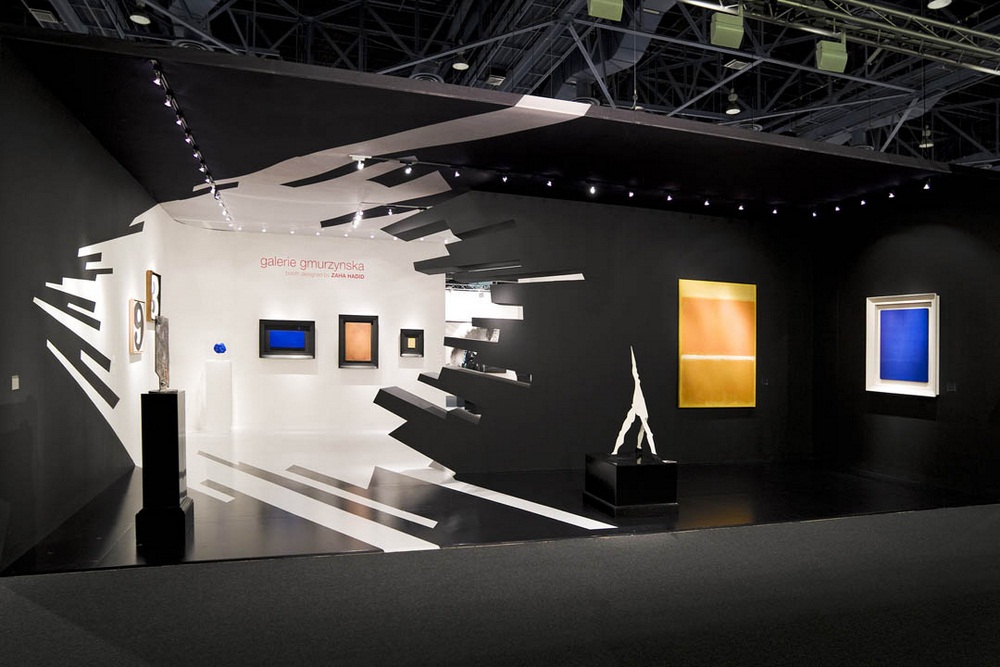 PHOTOGRAPHY (C) MARTIN RUETSCHI
PHOTOGRAPHY (C) MARTIN RUETSCHI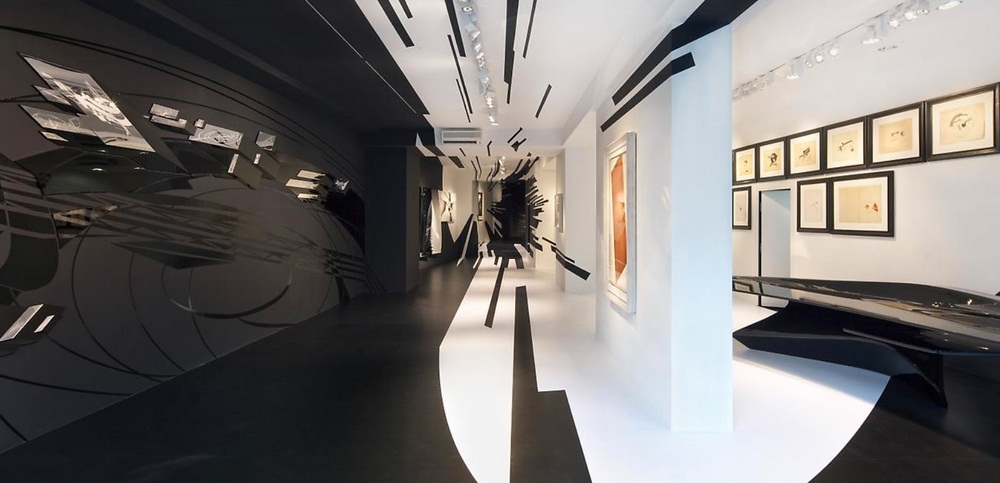 PHOTOGRAPHY (C) MARTIN RUETSCHI
PHOTOGRAPHY (C) MARTIN RUETSCHI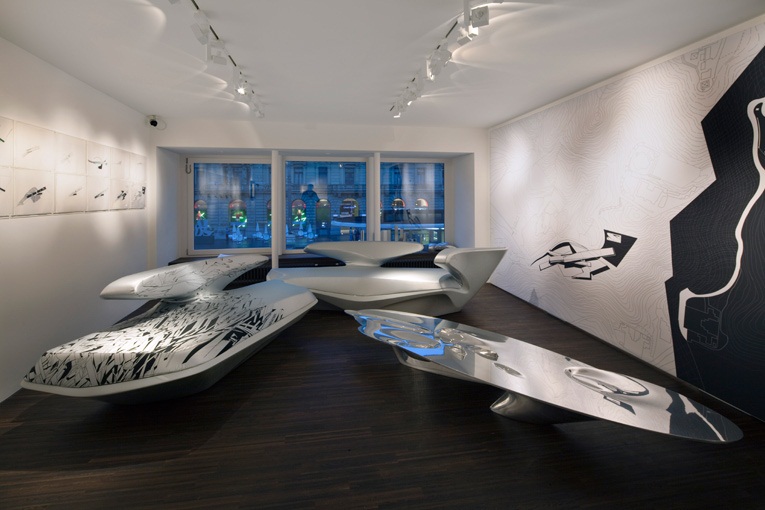 PHOTOGRAPHY (C) MARTIN RUETSCHI
PHOTOGRAPHY (C) MARTIN RUETSCHI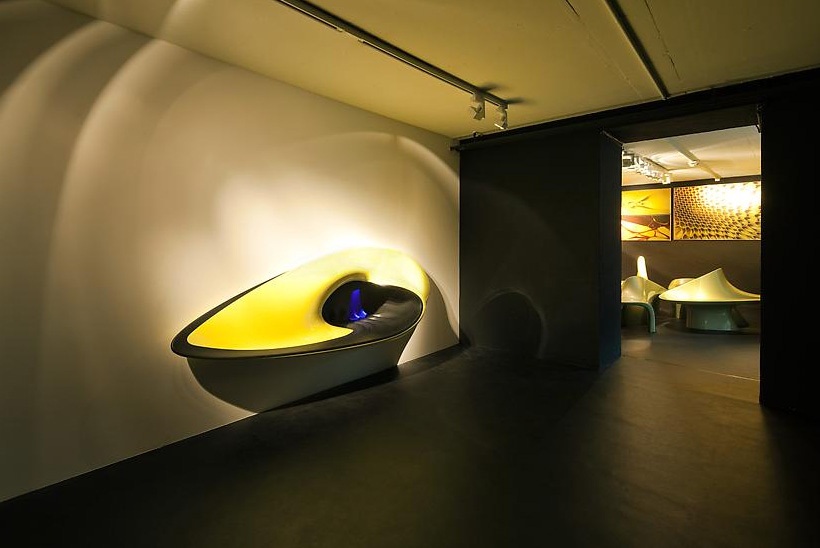 PHOTOGRAPHY (C) MARTIN RUETSCHI
PHOTOGRAPHY (C) MARTIN RUETSCHI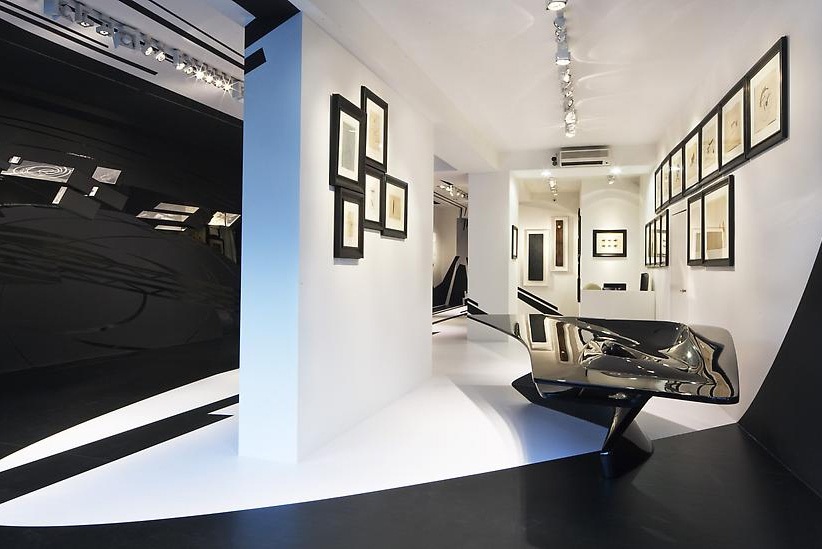 PHOTOGRAPHY (C) MARTIN RUETSCHI
PHOTOGRAPHY (C) MARTIN RUETSCHIREAD ALSO: Διαμέρισμα στο Λυκαβηττό / R.C.tech αρχιτέκτονες